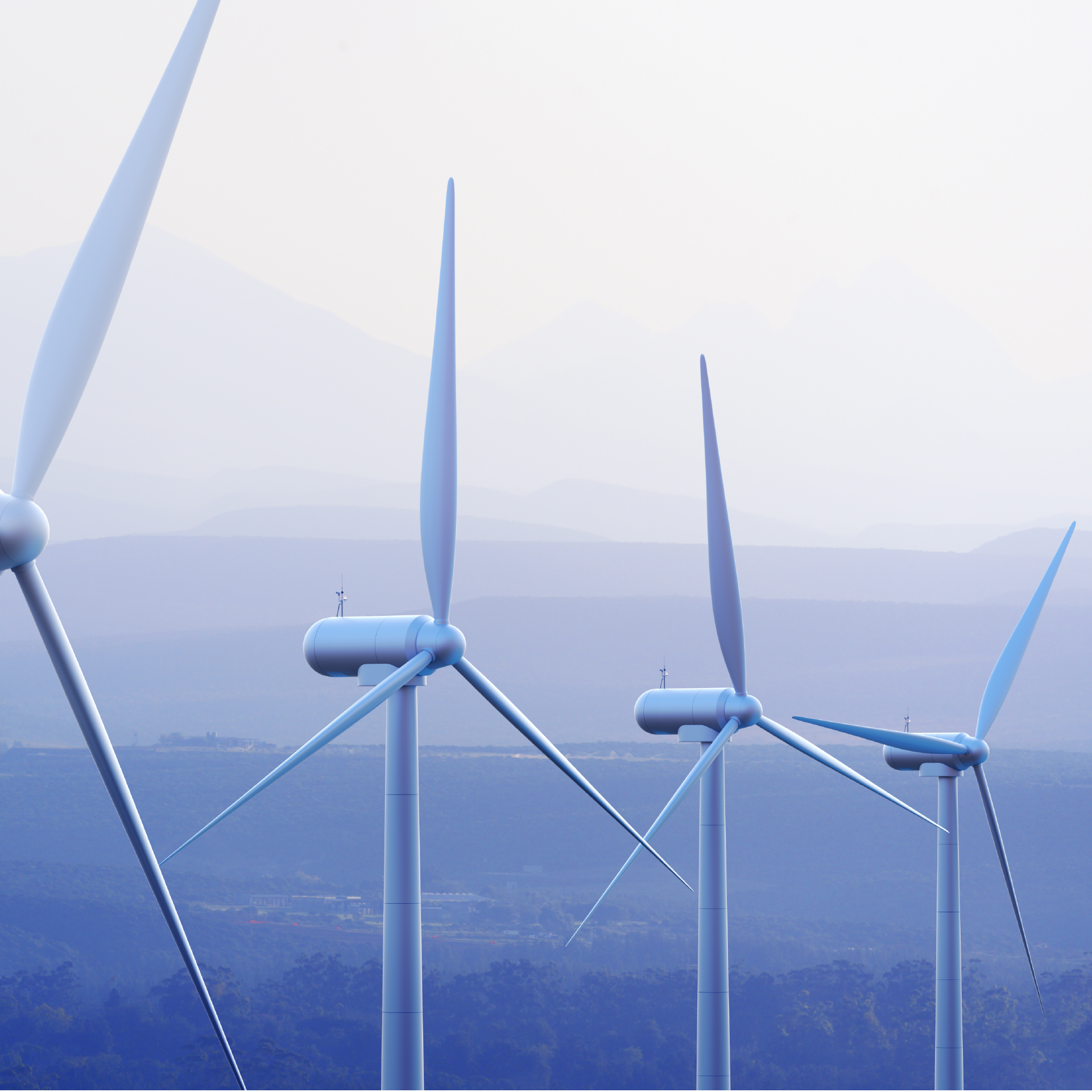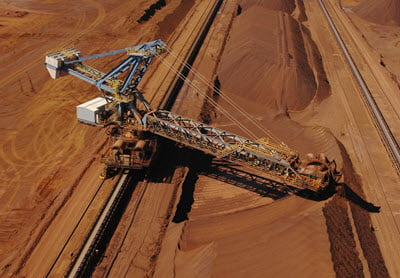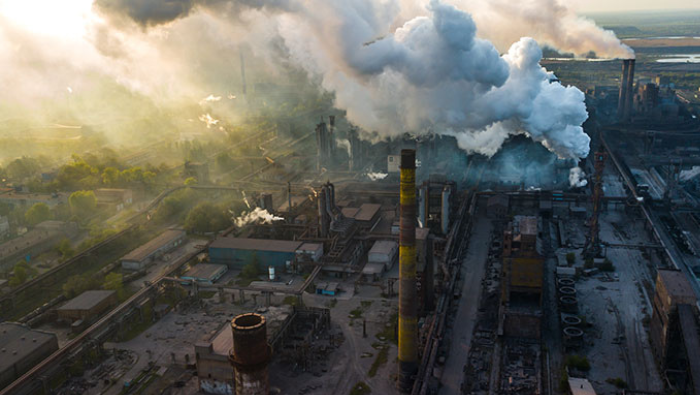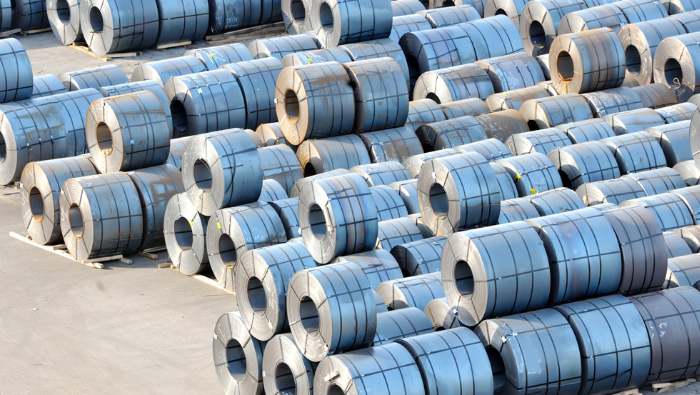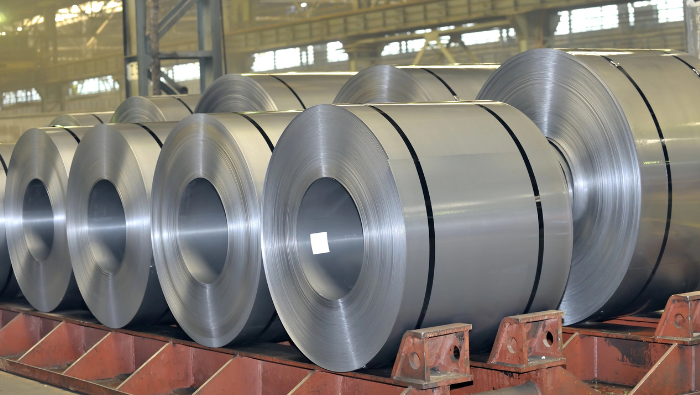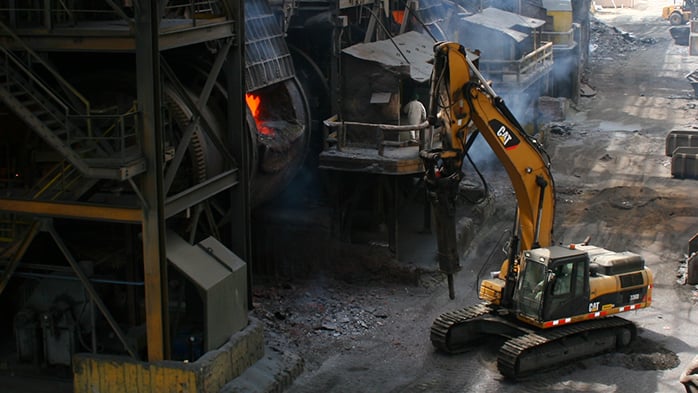Steelmakers in China have, for much of recent history, consumed a low level of scrap in steelmaking. Steelmakers in the country have gone so far as to consume over 400 kg per tonne of liquid steel in EAF-based steel output, where it is more normal for near 100% of inputs to be scrap. Historically, this has been due to a lack of scrap available at the right price, and more recently, a need to utilise excessive blast furnace capacity.
China now faces a sharp and significant ramp up in scrap supply, as past steel consumption reached obsolence. This is not from the recent boom years, rather from construction in the 1980s and 1990s. Steel from the boom years will become available from the late 2020s, and the scale is significant. There are a number of options for China to consume this surplus, though it is clear that domestic consumption will not be enough.
From about 2005 through to 2013, the pool of obsolete scrap avialable for recovery (i.e. the scrap fund) in China was declining. This was because, despite low scrap usage rates, consumption of scrap in steelmaking was rising more rapidly than the obsolence of prior steel demand: e.g. the demolition of buildings and infrastructure.
In the medium-term, while scrap supply is now rising, Chinese steelmakers must trade-off between using scrap or closing blast furnace capacity. The latter is costly, but also fits with the government’s agenda for a rationalised steel industry. However, history has shown in other geographies that blast furnace closures are a slow process. Therefore, scrap rates will take some time to rise to the levels more typically of steel production in other regional markets, despite rising scrap supply. Additionally, there is a relative dearth of infrastructure established in China to support widespread scrap collection and processing, this will also take time to develop.
In the longer-term, blast furnace closures will accelerate as the industry rationalises, enabling higher scrap use. However, the sheer scale of recent steel consumption means that China is unlikely to be able to consume the vast quantities of scrap that will come available in 10 to 20 years time. This means that there will be a large and growing surplus of scrap available in China.
So, how will China deal with this significant surplus of scrap? There are a number of paths, which are not all mutually exclusive, that the country could take:
- Increase domestic scrap consumption by:
- Increasing scrap rates in domestic steelmaking
- Increase share of EAF crude steel production
- Increase share of world steel supply by lifting steel exports
- Exports of used steel-containing goods
- Exports of scrap
However, all of these paths have limitations. For example, in BOF-based steelmaking, scrap rates can only be increased to between 250 and 300 kg per tonne of crude steel. Likewise, while EAF steelmaking could reach 100% of total output, the ability of these furnaces to deliver the range of steels, cost effectively and at the scale required, is highly unlikely. China has already significantly increased its share of world steel supply and barriers are rising rapidly throughout the world for Chinese steel exports. Therefore, it is unlikely that the country will be able to increase this share much further, if at all. Added to this, there is a rising spectre of excess steel capacity elsewhere in the world, most notably in North East Asia, that will compete against Chinese and other sources of steel exports. In terms of scrap exports, the rest of the world can only consume so much scrap, due to total steel demand and, therefore, production, and the aforementioned technical limitations. Though, if the price of Chinese scrap is low enough, exports may have a profound impact on the global steel industry, metallics and bulk raw materials mining.







